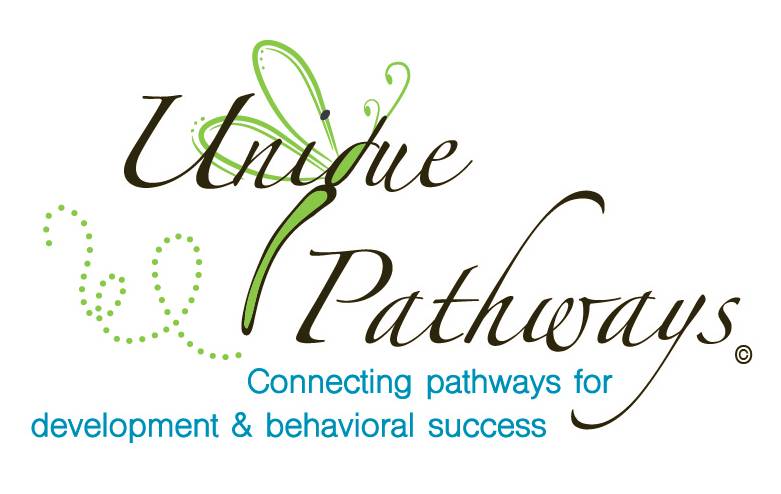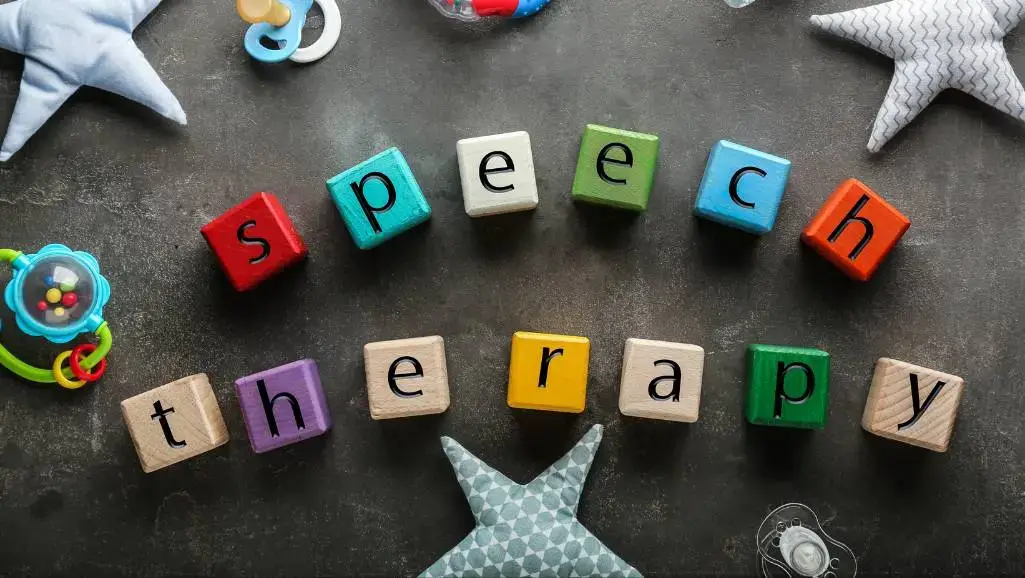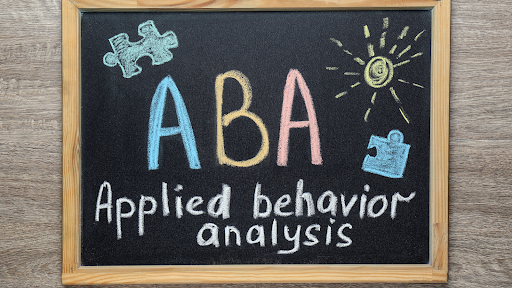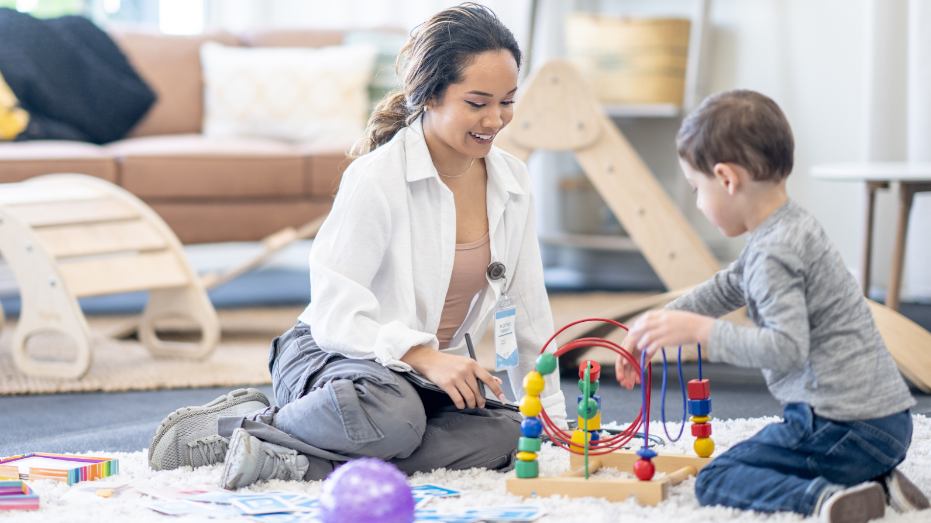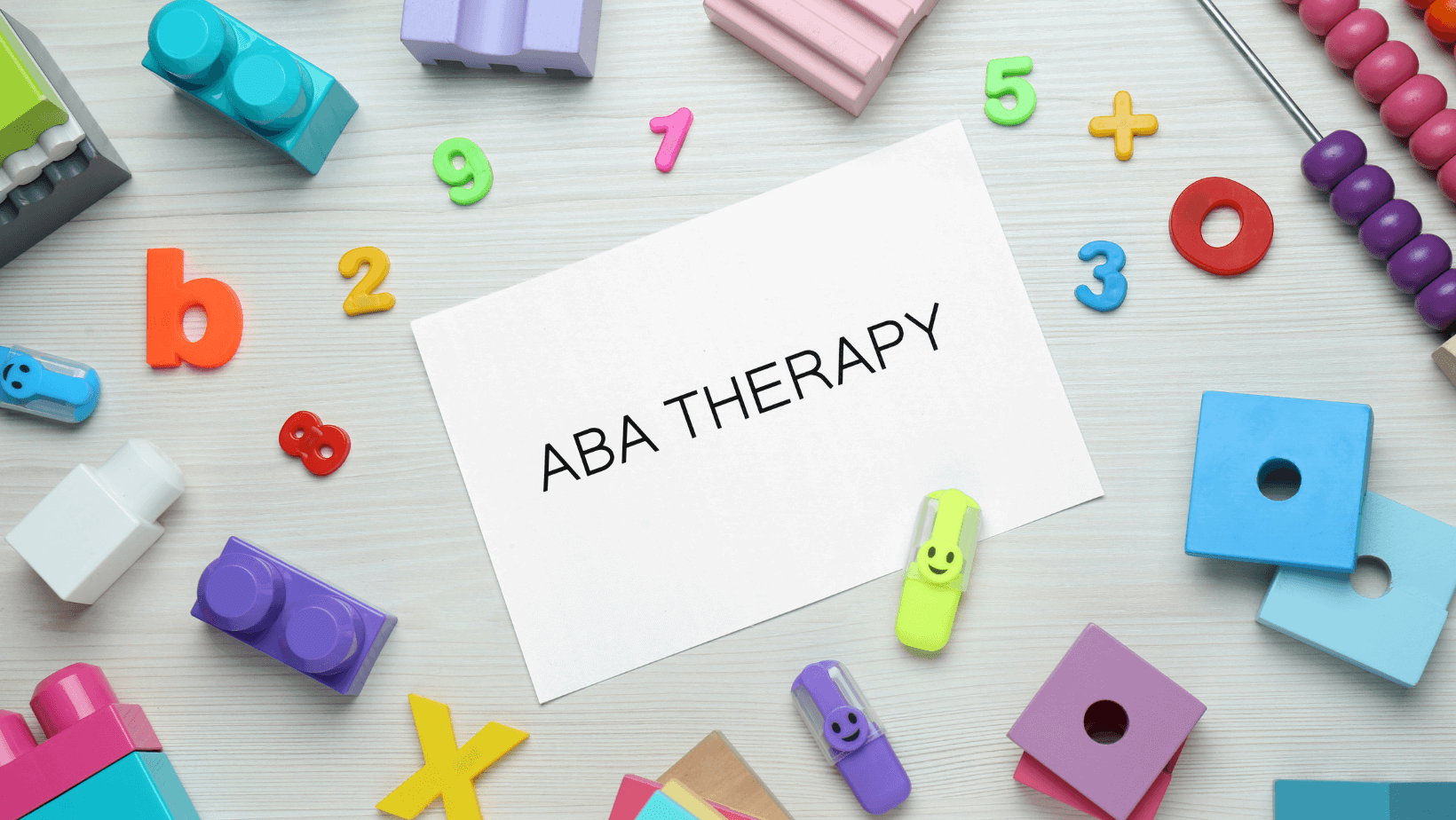Effective communication is a fundamental skill that everyone deserves to develop, yet for individuals on the autism spectrum, it can be a challenging adventure. Let’s dive into how tailored speech therapy sessions can significantly enhance the way people with autism engage with the world around them.
Understanding Autism Spectrum Disorder (ASD)
Autism Spectrum Disorder (ASD) is a developmental disorder that affects communication and behavior. Although autism can be diagnosed at any age, it is said to be a “developmental disorder” because symptoms generally appear in the first two years of life. Understanding ASD is crucial for recognizing the various ways it can impact an individual’s daily interactions and overall quality of life.
Autism is pretty complex, featuring a spectrum of symptoms and severity levels. For some, verbal communication might be challenging or entirely absent, while others could have rich vocabularies but prefer sticking to specific topics. You might also notice unique social cues, repetitive behaviors, or different responses to sensory stimuli—these all fall within the autism spectrum.
Importance of Speech Therapy in Autism
Navigating the world of communication can be tricky for autistic individuals. There are many hurdles from understanding gestures and maintaining eye contact to grasping the nuances of body language and figurative speech. Some might use repeated phrases or words, a behavior known as echolalia.
This is where speech therapy comes into play, shining as a beacon of hope. Speech-language pathologists (SLPs) are like communication wizards, they conjure up personalized strategies that can range from sign language and the Picture Exchange Communication System (PECS) to high-tech augmentative and alternative communication (AAC) tools. These strategies are designed not just to tweak speech but also to enhance understanding and social interaction, boosting independence and confidence.

Early Signs of Communication Difficulties in Autism
Ever wonder what early communication issues look like in autism? Signs can pop up before those typical language milestone dates hit. Maybe it’s a delay in babbling, a lack of eye contact, or not responding when their name is called. A little one not pointing or waving by their first birthday could also be giving us some clues.
The earlier we catch these signs and start with interventions like speech therapy, the better. Young brains are super adaptable, so starting early can make a big difference. A first chat with a speech therapist can set the stage, pinpointing specific needs and customizing interventions that fold seamlessly into daily life.
Fundamentals of Speech Therapy for Autism
What are we aiming for with speech therapy for autistic individuals? The primary goal is simple yet profound: to boost their ability to communicate effectively. Whether it’s improving verbal skills, enhancing nonverbal communication, or helping them enhance their social skills, each therapy session is a step toward a more communicative and independent life.
Techniques Used in Therapy Sessions
Speech therapy isn’t one-size-fits-all; it includes various techniques tailored to meet the diverse needs of autistic people. Let’s explore some of the most effective methods:
Augmentative and Alternative Communication (AAC)
For those who find verbal communication particularly challenging, AAC devices can be a game changer. These tools range from simple picture boards to sophisticated electronic devices that generate speech. They’re not just about aiding speech—the goal is to facilitate meaningful and functional communication in everyday life.
Applied Behavior Analysis (ABA)
ABA is a therapy based on rewarding positive behavior, which can be really effective in helping children with autism learn new skills and improve their communication. It’s about creating a supportive learning environment that encourages them to reach their full potential.
Picture Exchange Communication System (PECS)
PECS is a form of AAC that uses pictures to help individuals communicate without needing speech. It starts simply by exchanging a picture for an object, and gradually builds up to more complex sentences. It’s particularly useful for those who are non-verbal or have limited speech.
Tailoring Speech Therapy to Individual Needs
Every individual with autism is unique, which means their speech therapy must be too. Speech-language pathologists (SLPs) develop personalized treatment plans that address the specific strengths and challenges of each person. This customization ensures that every therapy session is as effective as possible.
Let’s break down some of the specific areas that speech therapy can target:
Verbal vs. Non-verbal Communication
For some, the focus may be on producing sounds and words, improving clarity, or building up vocabulary. For others, the emphasis might be on understanding and using non-verbal cues like gestures, facial expressions, and body language.
Social Communication Skills
This is all about helping individuals navigate social situations more comfortably and effectively. From starting a conversation to understanding social cues like tone of voice and facial expressions, speech therapy plays a crucial role in enhancing these essential skills.
Therapeutic Approaches in Speech Therapy
Play-Based Therapy
Play isn’t just fun; it’s also a powerful tool for learning. In play-based therapy, speech-language pathologists use games and toys to engage children in activities that promote language development. This method helps make learning to communicate less of a chore and more of an exciting adventure, tapping into a child’s natural desire to play and learn through interaction.
Behavior-Based Interventions
Behavior-based interventions, like those used in Applied Behavior Analysis (ABA), focus on reinforcing desirable behaviors, including effective communication. These interventions are structured and goal-oriented, aimed at helping children with autism learn practical speech and language skills that can be used in their daily interactions.
Technology-Assisted Interventions
With the advent of tablets and smartphones, technology-assisted interventions have become increasingly common in speech therapy. These tools can host a variety of apps designed specifically for speech development, offering interactive experiences that are both educational and engaging. They can be especially helpful for keeping the attention of children who are tech-savvy or visually oriented.
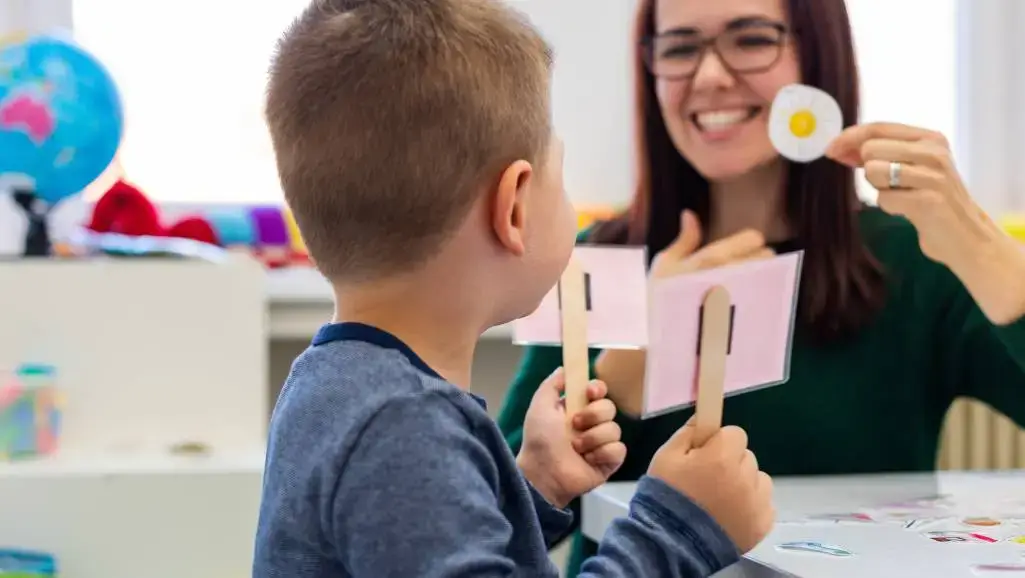
Strategies for Enhancing Communication Skills
Clear speech is important for effective communication. Speech therapists focus on articulation and pronunciation, helping children learn how to form sounds and words correctly. This can involve exercises to strengthen the muscles in the mouth and tongue, as well as repetitive practice with sounds and words. Speech therapy can also be linked to improving feeding related challenges.
Beyond just words and sentences, effective communication includes the ability to interact socially. Speech therapists use role-playing, video modeling, and real-life practice scenarios to teach nuances of social communication, such as taking turns in conversation, understanding jokes, and responding appropriately in various social situations.
Incorporating Sensory Integration Techniques
Many children with autism experience sensory processing differences, which can affect how they perceive and interact with the world. Recognizing these differences is vital for effective speech therapy, as sensory issues can often interfere with a child’s ability to focus, engage, and communicate.
Incorporating sensory integration techniques into therapy sessions can help children become more comfortable and responsive. Activities might include using textured toys, therapy swings, or weighted vests, depending on the child’s sensory needs. These techniques aim to enhance sensory processing abilities, thereby improving overall communication and interaction skills.
Collaborating with Parents and Caregivers
Collaboration is key when it comes to speech therapy. Involving parents and caregivers directly in therapy sessions can be incredibly beneficial. It allows them to see firsthand the techniques and approaches used by speech therapists, which can empower them to continue supportive practices at home. This partnership approach not only reinforces learning but also ensures consistency in the child’s communication development.
Implementing Strategies at Home
What happens at home is just as important as what happens during therapy sessions. Speech therapists often provide parents with specific strategies and activities to do at home. These might include games that promote language skills, daily routines that incorporate specific communication goals, or even structured play activities that enhance speech and language use. Implementing these strategies at home helps to create a supportive environment that is vital for the child’s ongoing progress.
Monitoring Progress and Adjusting Therapy Goals
By monitoring how well a child is reaching communication milestones, therapists and parents can see what’s working and what isn’t. This might involve regular assessments to measure improvements in vocabulary, articulation, or social communication skills. It’s all about celebrating the victories, no matter how small, and understanding where additional support is needed.
As children grow and develop, their needs can change. That’s why it’s essential to remain flexible and ready to adjust therapy approaches. If a certain technique isn’t working, or if the child has mastered a specific skill and is ready for more advanced challenges, the speech therapist will tweak the therapy plan. This adaptive approach ensures that the therapy remains effective and responsive to the individual’s evolving communication needs.
Conclusion
Speech therapy offers an important pathway for improving communication skills of individuals in the spectrum. By understanding the different therapeutic approaches and strategies, and actively involving parents and caregivers, we can tailor interventions that meet each child’s unique needs.
Regular monitoring and adaptation of therapy goals ensure that each child can achieve their full communication potential. Together, we can empower individuals with autism to express themselves more effectively and navigate their world with greater confidence.
